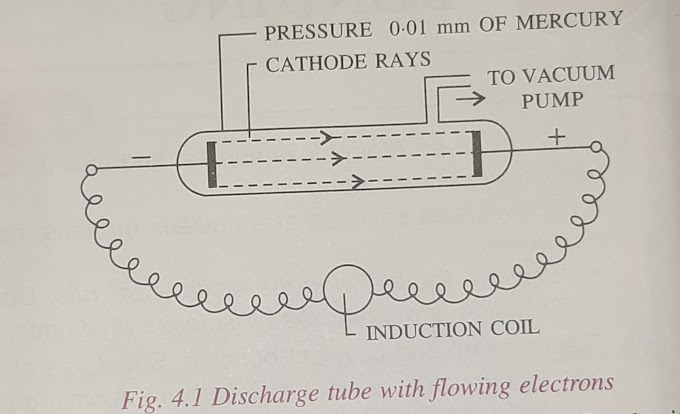Cell : The unit of life
What is cell?
There is a huge range of living organisms from the microscopic Amoeba to the huge blue whale. But all living organisms have basic feature in common - they are made up of building blocks, called as cells.
The cell is the fundamental structural and functional unit of all living beings. It is the smallest part of the body of an organism which is capable of independent existence and of performing the essential function of life.
Every organ in our body is composed of hundreds of thousands of such cells. Every part of plant is composed of an exceedingly large number of cells.
Most organisms, including ourselves, start life as a single cell called the zygote.
The invention of the microscope and the discovery of cell
The first microscope was constructed by Dutch scientist Antony Van Leeuwenhoek. He was an ordinary public people who ground lenses and made microscopic observations as a hobby. He said to have constructed 400 microscopes. All his microscopes were called simple microscopes because they consisted of a single biconvex lens. Some of these had a considerable magnifying power up to 200 times. One of Leeuwenhoek's microscope, the eye was kept close to the lens on one side and the object was mounted on the needle-like screw point on the opposite side of the lens.
Robert Hooke an English scientist, developed a microscope by using two lenses for achieving greater magnification. Such microscopes were later known as compound microscopes. In Hooke's microscopes, the object to be seen was placed on the stage below and light from an oil flame was thrown on its means of a concave mirror.
Cell theory
In 1838, Matthias Schleiden, a German Botanist, announced that every plant is made up of large number of cells. Theodor Schwann, A German zoologist, made similar discoveries in animals. He declared that all animals and plants are composed of cells, which serve as the units of structure and function. This in short is called the Cell Theory, having been proposed by Schwann and Schleiden in the year 1839. Rudolf Virchow in 1858 made an addition to the cell theory by sayings that all cells arise from pre-existing cells.
Cells how small?
Cell theory
In 1838, Matthias Schleiden, a German Botanist, announced that every plant is made up of large number of cells. Theodor Schwann, A German zoologist, made similar discoveries in animals. He declared that all animals and plants are composed of cells, which serve as the units of structure and function. This in short is called the Cell Theory, having been proposed by Schwann and Schleiden in the year 1839. Rudolf Virchow in 1858 made an addition to the cell theory by sayings that all cells arise from pre-existing cells.
Cells how small?
Cells are very small and are seen only with a microscope.
- Smallest cells are the bacteria, red blood cells in the human body.
- Longest cells are the nerve cells. Imagine a nerve cell extending from your finger tip to the spinal cord inside your backbone.
- Largest cells are bird's eggs. Ostrich egg is the largest cell of the living world today.
Various kinds of cells show special differences, yet they all show a basic structural plan which is dealt under the term "generalized cell". A generalized cell consist of three essential parts: (i) Cell membrane, (ii) Nucleus (iii) cytoplasm.
Cell organelles
The "little organs") most parts of a cell have a definite shape, definite, a definite structure and a definite functions. Such parts are called as organelles. The organelles have the same status in a cell as the organs have in the entire body of an animal or a plant performing specific functions. Cell organelles are living parts.
Facts: 1. Cells are the basic structure of all living organisms.
Also read my other post
Chemical changes and reactions
New Year | New year wishes, What time will new year starts.
Bitcoin | Price history, news, mining, & wallet
Photosynthesis | definition, cycle, Do plants eat ?
Third new type of coronavirus | Onlyknowledged
Also read my other post
Chemical changes and reactions
New Year | New year wishes, What time will new year starts.
Bitcoin | Price history, news, mining, & wallet
Photosynthesis | definition, cycle, Do plants eat ?
Third new type of coronavirus | Onlyknowledged






0 Comments
Hope Everyone Reading my posts are gaining KNOWLEDGE and able to know something new and informative.
📚📖📕🧾📝😅
Sharing is Caring. So please share this website with everyone you know so that they can also improve their KNOWLEDGE !!!